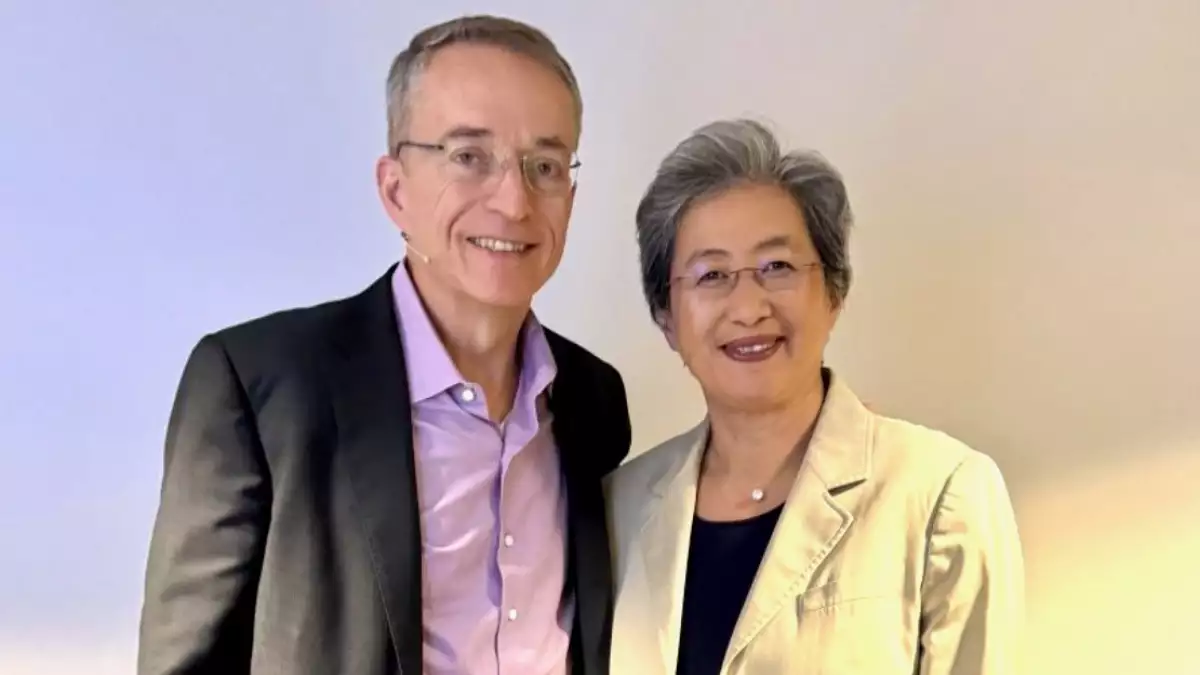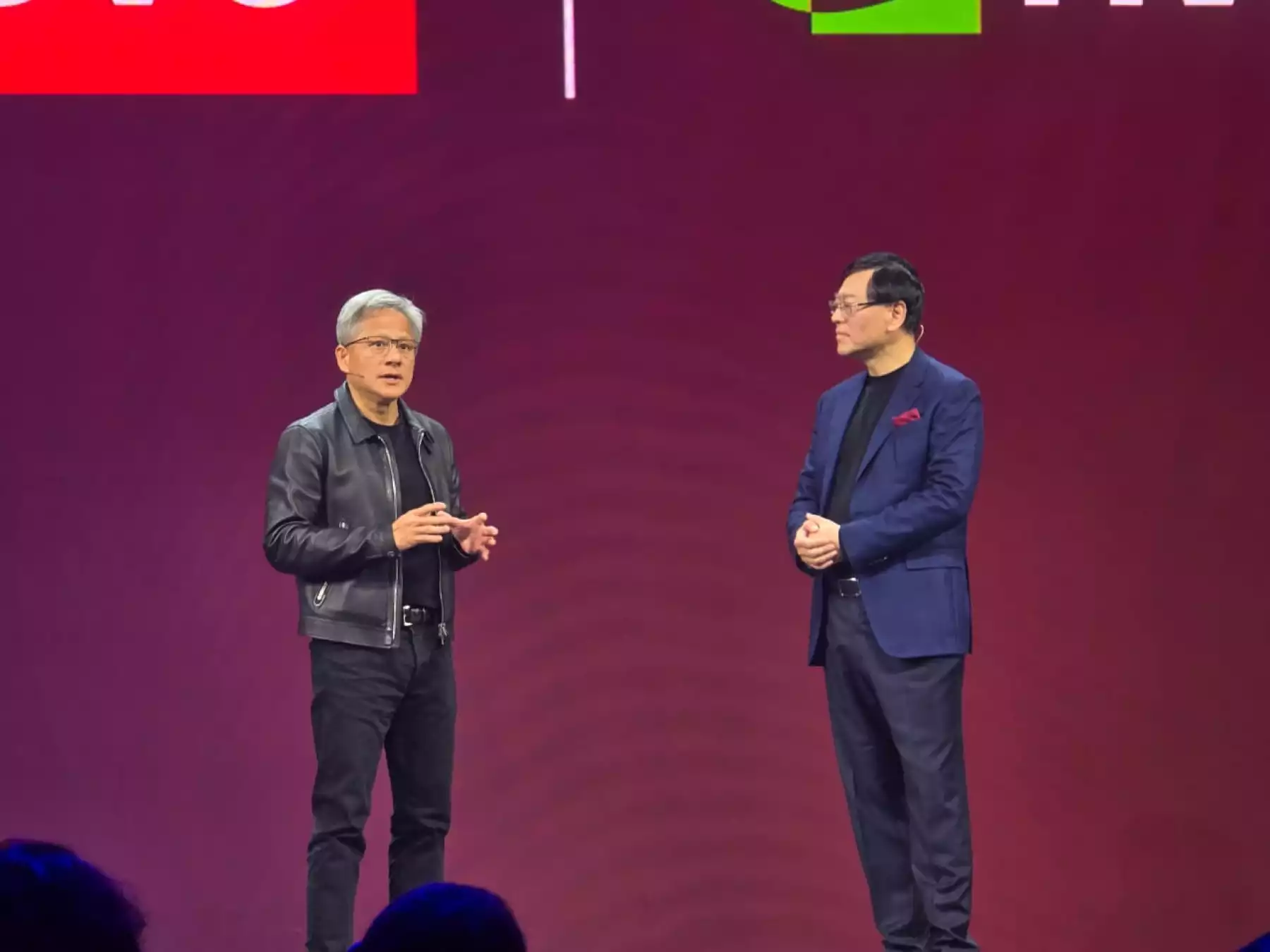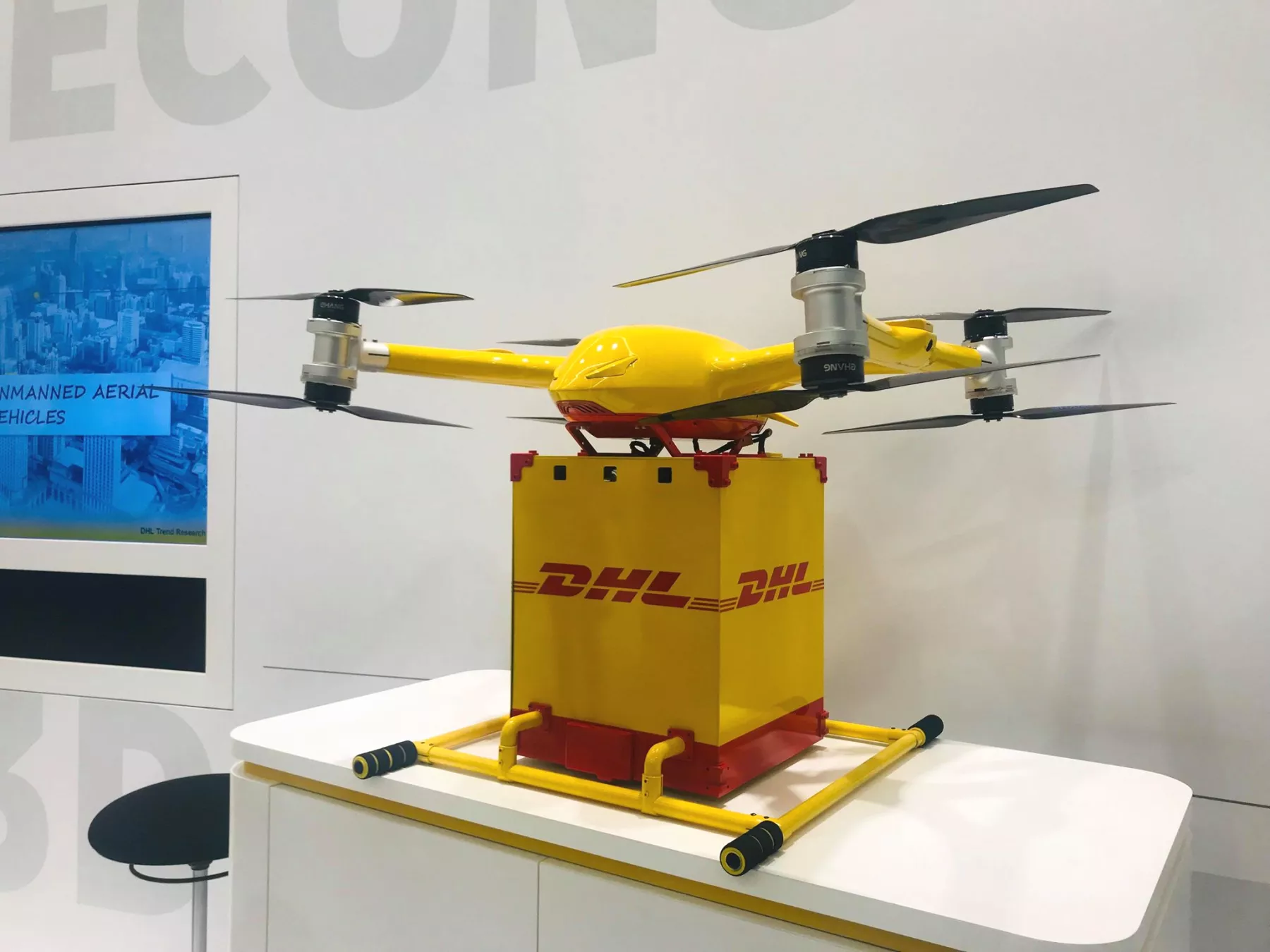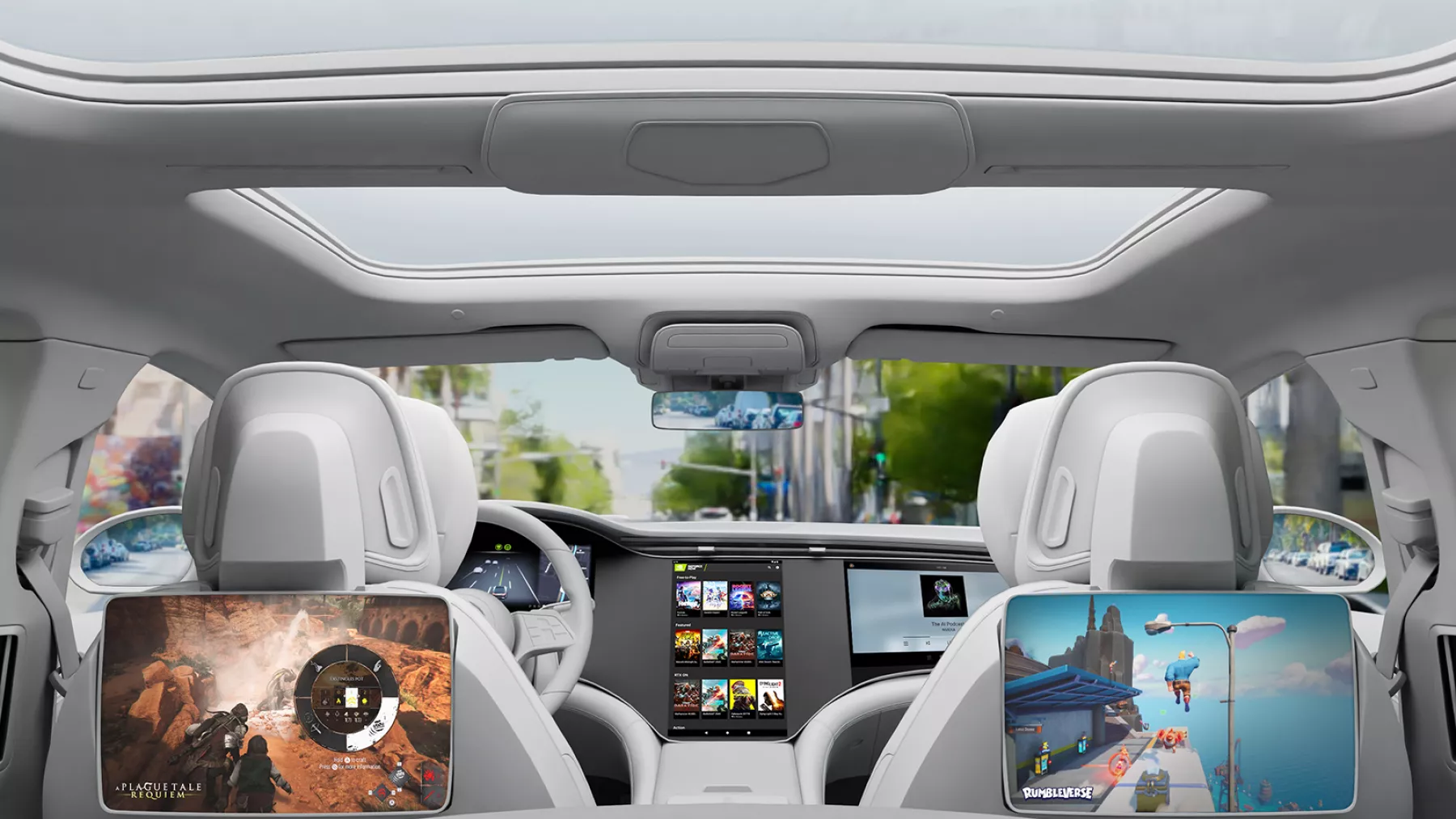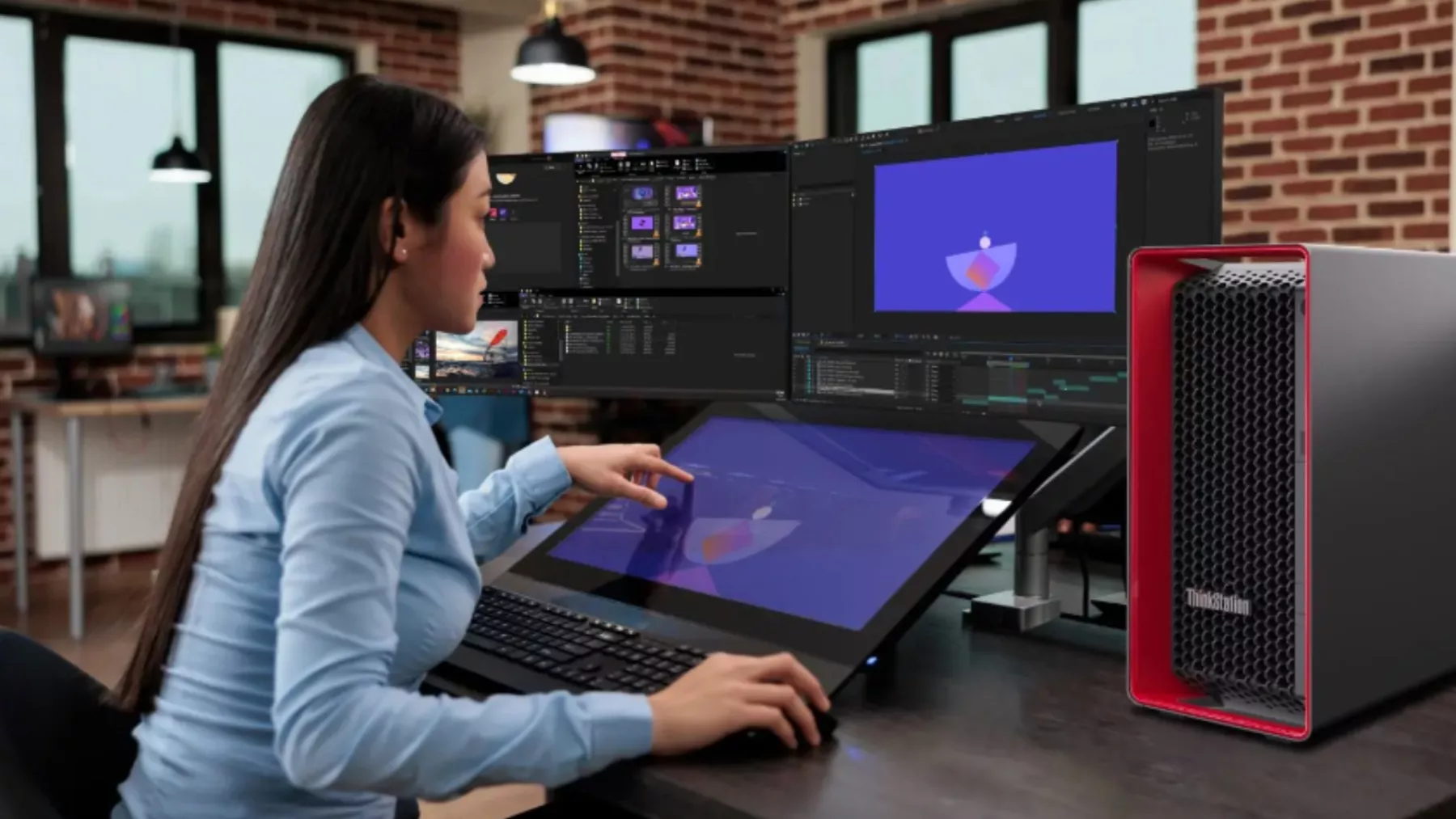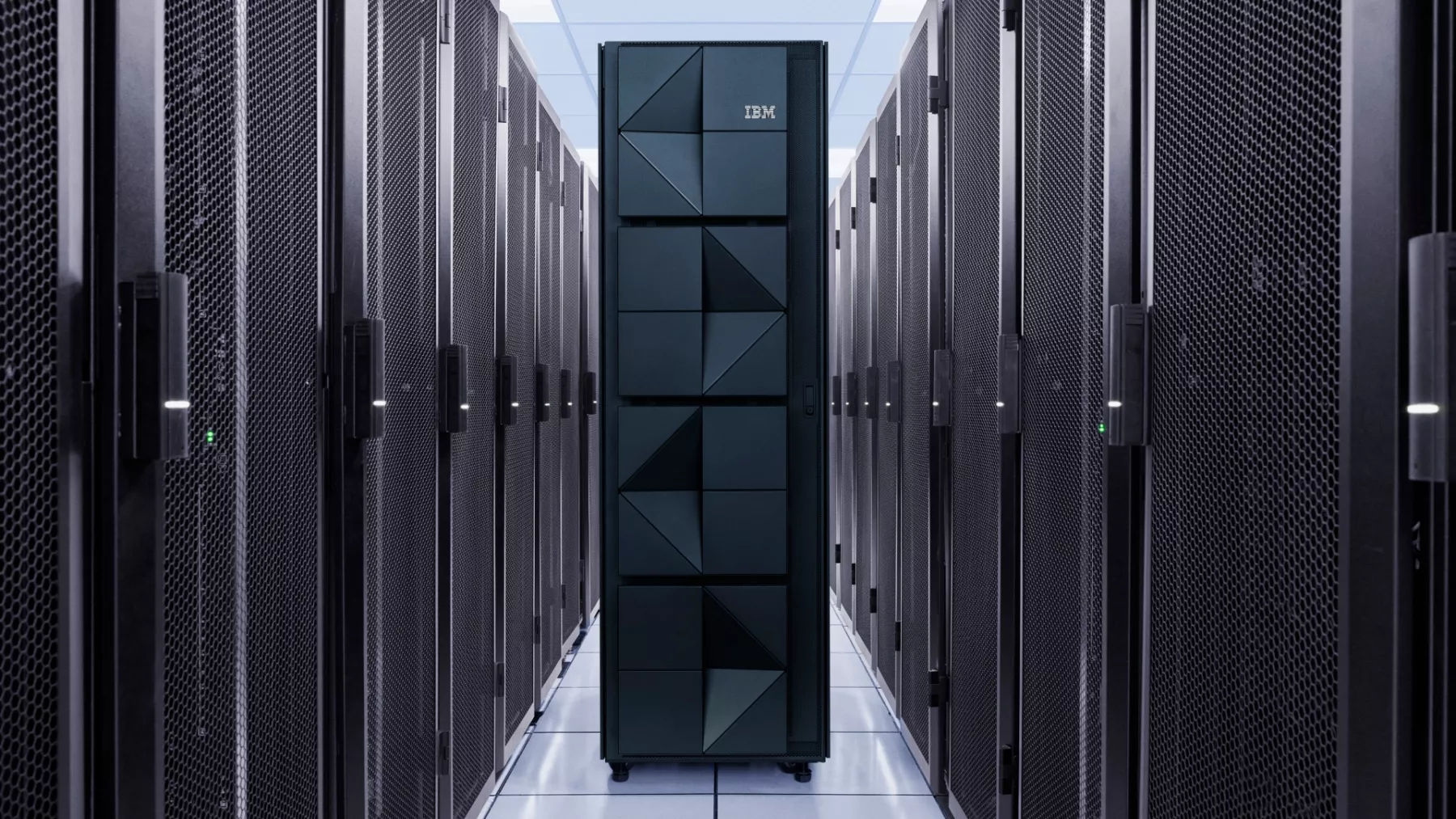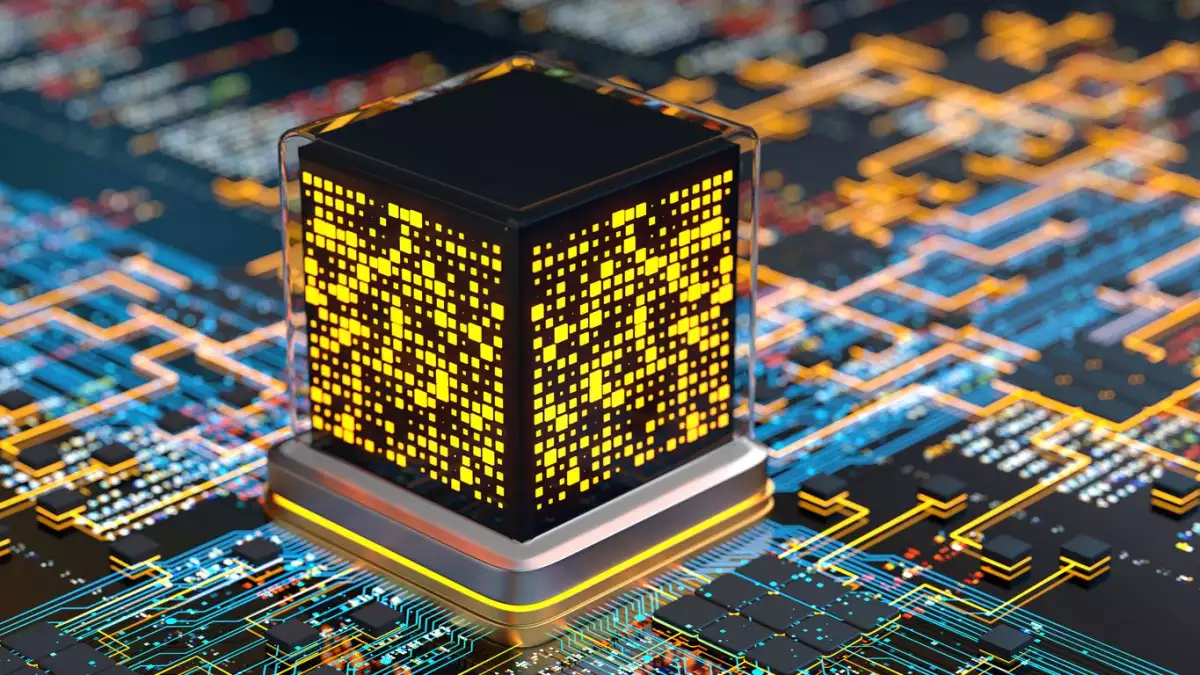
Quantum computing will change the world very soon
Analyzing and reorganizing information with “ones and zeros” allows us to develop instruments such as smartphones and modern computers, which provide very powerful solutions of all kinds.
Based on the latest technological advances, we are already living in a reality that surpasses science fiction, and even more impressive possibilities lie ahead in the future.
Imagining that one day we could speak to a person anywhere on the planet instantly, wirelessly, mobile-first, face-to-face, experience a 3D digital metaverse, have a deep conversation with a robot, or even the existence of self-driving cars were bold ideas that seemed far away just 30 years ago. Today, in 2024, all of these and more fascinating opportunities are within reach of millions of human beings.
In short, the computing power that has enabled these functions will multiply exponentially with the transition from digital to quantum processing and the world will not be the same in the coming years.
Fundamentally, analyzing and reorganizing information with “ones and zeros” has allowed us to develop instruments such as smartphones and modern computers, which provide very powerful solutions of all kinds. For example, a call, an operation on a calculator or simply browsing the Internet is possible thanks to the processing of data encoded with only two digits (1 and 0).
Now, what computing using quantum properties allows is processing with many more possible arrangements to order information, considering signals that are between 0 and 1. In addition, thanks to the property known as “entanglement,” said data can connect and interact in a coordinated manner and in different parallel processing layers at the same time.
In its own terms, quantum computing uses qubits , which can exist in superposition states (0 and 1 at the same time) and be entangled, allowing large amounts of information to be processed simultaneously.
With this, extremely complex calculations can be performed much faster than classical computers, which could revolutionize all fields of science and philosophy.
Currently, one of the most significant advances in this field is Willow , Google's quantum chip, which, with its 105 qubits, has demonstrated the ability to perform calculations in less than five minutes that would take current supercomputers approximately 10 septillion years.
Now, these are just some of the profound possibilities that require immense computing power and that this technological inertia could solve in the coming years:
- Eradicate diseases such as cancer or Alzheimer's, simulating and detecting the biological processes involved.
- Design self-sustaining production systems with very high energy efficiency that allow us to continuously and infinitely satisfy the food and survival needs of all humanity.
- Create immersive experiences unrecognizable from reality through simulated metaverses.
- Advanced neural devices to communicate telepathically with each other and with computers.
- Understand and reorder the biological patterns that cause aging and find the key to biological immortality.
Leave a comment:
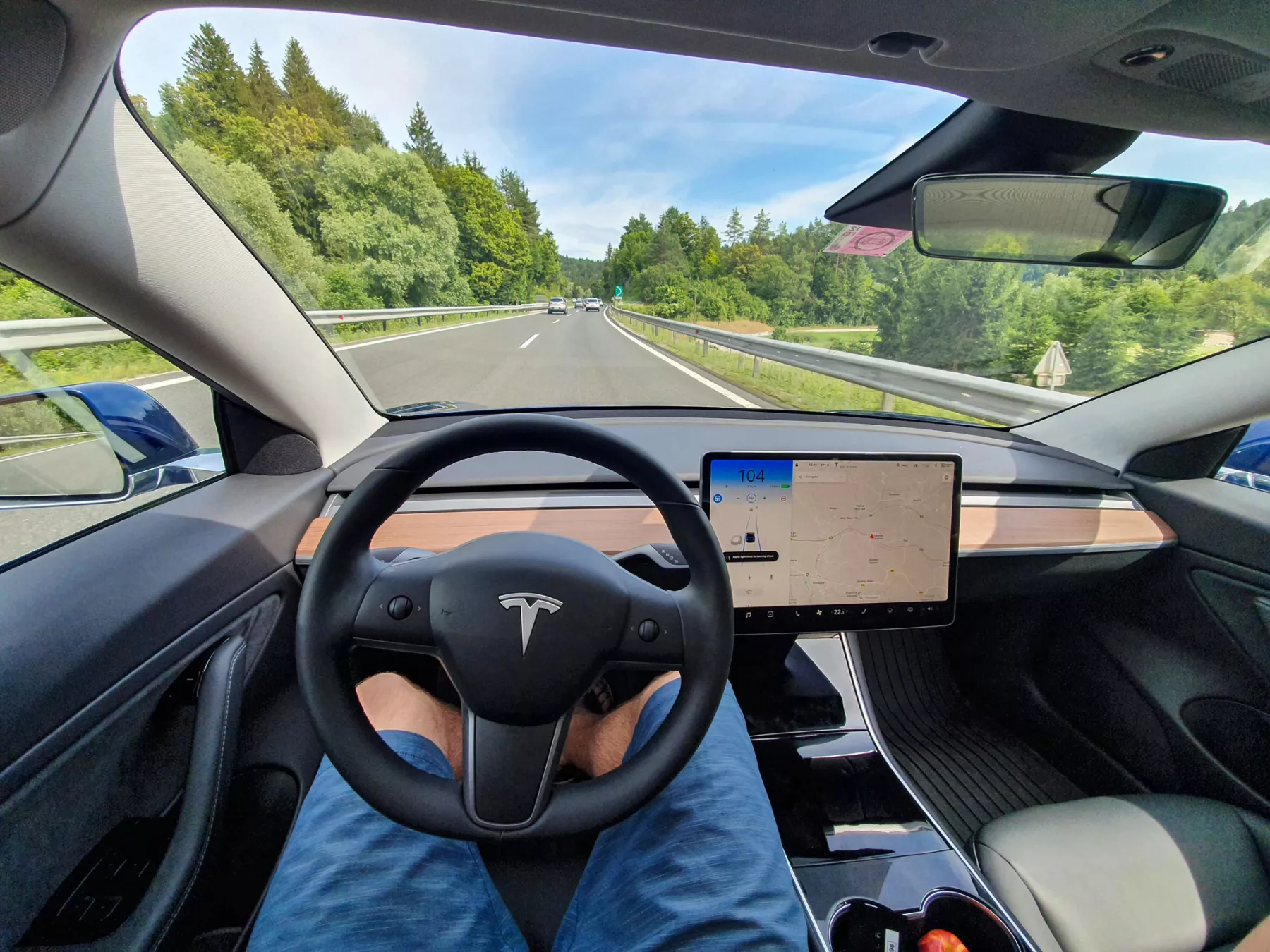

Tranding News


